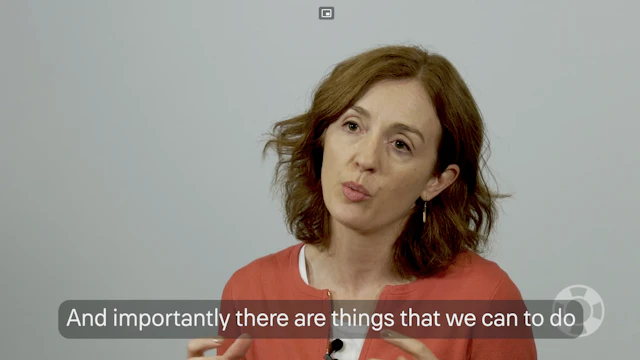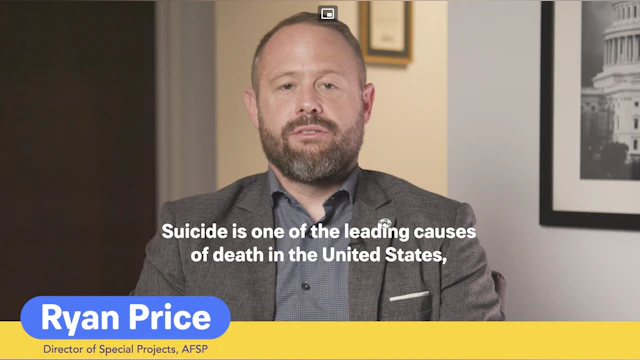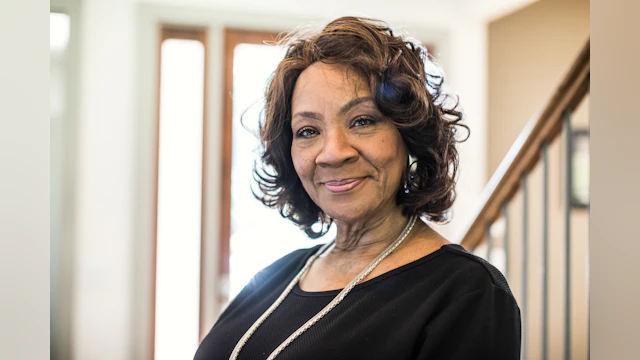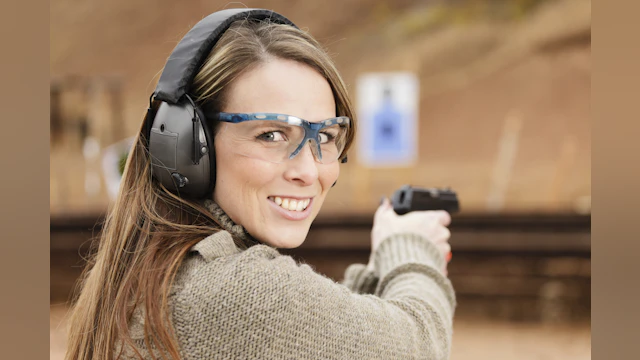Understanding Firearms and Suicide Prevention
Firearms are involved in over 50% of all suicides in the U.S., and AFSP is leading the effort to educate firearm owners to prevent this leading cause of death. Suicide also accounts for most firearm deaths in the U.S.
Understanding Firearms and Suicide Prevention
No one takes their life for a single reason. We all have mental health, just as we all have physical health, and conditions such as depression, anxiety, and substance use problems — especially when unaddressed — increase the risk of suicide. That risk is greater when a firearm is present and accessible.
Why?
When firearms are involved in a suicide attempt, it is almost always lethal. However, most people who survive a suicide attempt do not go on to die by suicide.
Firearms owned by family members pose a significant suicide risk, particularly for younger individuals. Research shows that approximately 50% of suicide deaths among 18- to 20-year-olds, and nearly all suicides by those under 18, involve a family member's firearm. For women, about one third of firearm suicides involve a spouse or partner's firearm.
What does this mean?
Since a suicidal crisis cannot be predicted, it is not enough to simply remove firearms during times of increased risk — instead, firearms should always be securely stored in a way that puts as much time and distance as possible between firearms and a person experiencing a suicidal crisis. Research shows that most people in suicidal crisis who don't have easy access to a lethal suicide method will not simply find another way to kill themselves. For that reason, removing access to firearms and other lethal means allows time for both the moment of intense suicidal crisis to pass, and also for someone to intervene with potentially lifesaving mental health support and resources.
What does AFSP do to prevent firearms suicide?
Since firearms are used in more than half of all suicides in the United States, AFSP works on this issue using a multi-pronged approach. Click the links below to learn more:
- Funding suicide prevention research
- Advocating for public policies aimed at reducing firearm suicide rates
- Educating the public about key topics related to reducing firearms suicide
- Partnering with firearm industry stakeholders such as retailers and ranges to provide suicide prevention information to firearm owners
AFSP endorses suicide prevention education as a basic tenet of firearm safety and responsible gun ownership. From practicing secure storage and the temporary removal of access to firearms when someone is at risk, to learning about common risk factors and warning signs for suicide, there are simple actions we can all take to help save lives.
Learning More

Talk Away the Dark PSA
It's time we shed a light on this leading cause of death. It's time we talk away the dark.

Research Video: Firearms and Suicide
Marian Betz, M.D. discusses the link between firearms and suicide and how limiting access to lethal means safety is essential to suicide prevention.

Suicide is Preventable
AFSP's director of special projects Ryan Price discusses suicide prevention and firearms.
Focus on Firearms

Protecting yourself and others
Firearm owners and people that live in households with firearms must take action to protect against suicide.

Firearm retailers, ranges, and instructors
By recognizing the unique needs of firearm ranges, retailers, instructors, and other firearm industry sectors, AFSP is helping to connect firearms owners with life-saving information about suicide prevention and secure firearm storage.

I want to understand AFSP's stance on firearm policies
AFSP supports legislation to expand research and public education on suicide and firearms; voluntary removal and safe storage initiatives; lethal means counseling; and the use of Extreme Risk Protection Orders (ERPOs) when necessary.